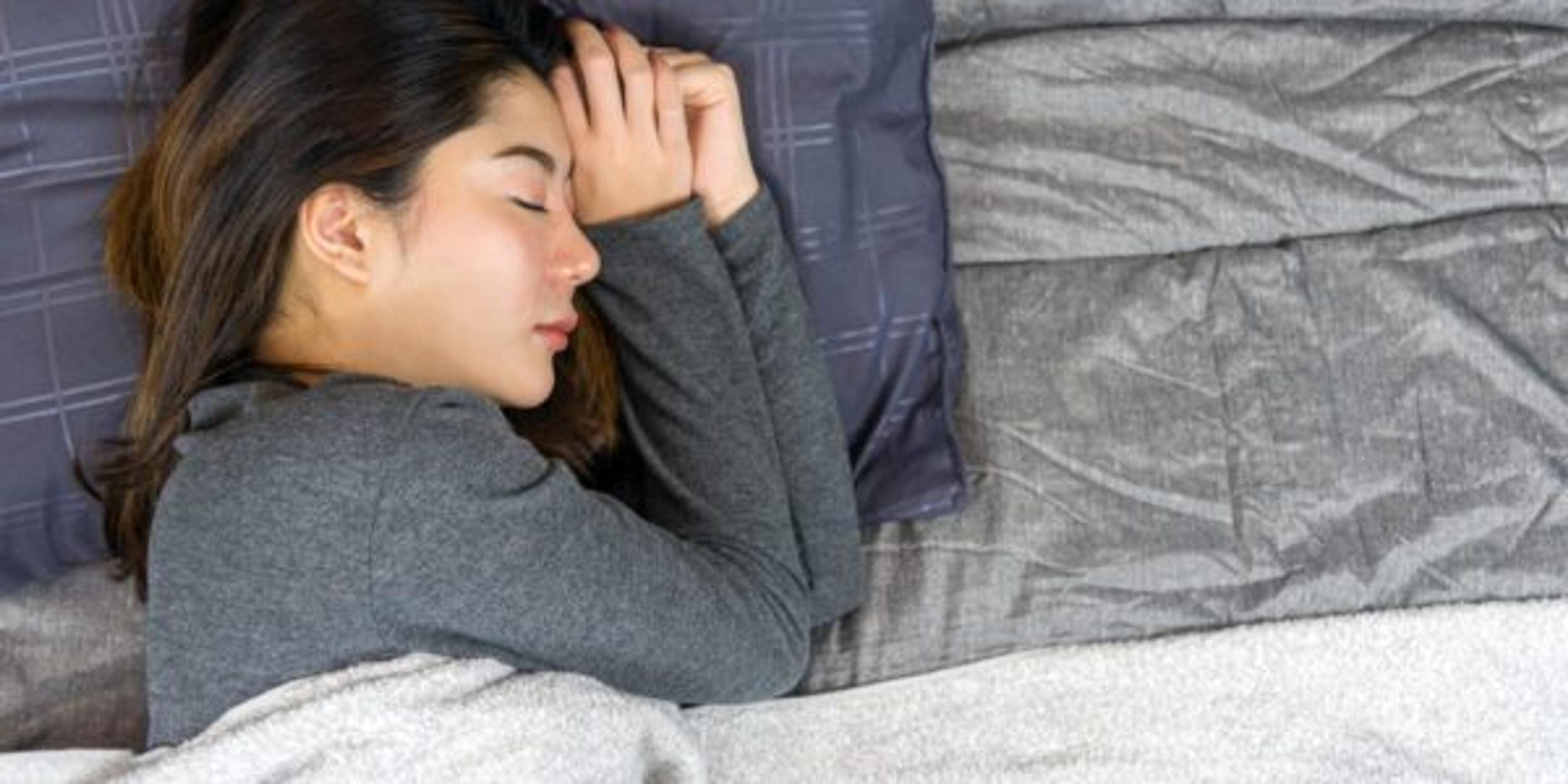What are the Best Positions for Sleeping?
Jake Newby
| 3 min read

By the time adulthood rolls around, we are all pretty set in our sleeping ways.
We know what temperatures our body prefers, if we sleep better with a mask on, and whether we need a little white noise to help us drift off into dreamland.
Above all else, we’ve found a favorite sleeping position. But it’s possible your sleeping position of choice isn’t best suited for your personal health profile.
What is the best position for sleeping?
Some of us simply cannot fall asleep unless we’re lying a certain way. But you may have to retrain your body to find a new position at night if you have issues with your spine, gut health, or digestive system. Even snoring habits can be affected by the way you sleep.
Let’s examine the pluses and minuses of each position.
Sleeping on your side
Sleeping in the “lateral” position is recommended for people with obstructive or central sleep apnea, as multiple studies have found that sleeping on your side can reduce the severity of the potentially serious sleep disorder.
It’s also easier to keep your spine supported and balanced in this position. Pressure is relieved in your spinal tissues by sleeping this way, helping your muscles relax and recover.
Research demonstrates that side sleeping position is healthy for:
- People with acid reflux
- People with back pain
- Pregnant women
- People who snore
- Elderly people
The fetal sleeping position is a close cousin of the side sleeping position. It occurs when the sleeper bends their legs and curls them inward toward the chest. The fetal position is good for people with the same profiles listed above.
However, those with shoulder pain may want to shy away from sleeping on their side and the same goes for people worried about facial wrinkles, which can be exacerbated in this position.
Should I sleep on my left or right side?
If you’re one of the 60% of people who sleep on their side, do you prefer the left or right?
The left side is generally recommended, especially for pregnant women, people dealing with gastroesophageal reflux disease (GERD) and people who regularly suffer from heartburn.
Sleeping on your back
The second most popular sleeping position, sometimes known as the “supine” position, can be beneficial for people with lumbar spinal pain, neck pain and nasal congestion.
However, lying on your back makes the base of your tongue and soft palate collapse to the back wall of your throat, inhibiting your breathing process. This makes back sleeping the worst position for people with sleep apnea.
If you snore and you’d like to quit, you should also try to avoid back sleeping. Gravity’s impact on the throat narrows the airway in this position, leading to that oh so familiar vibration sound during sleep.
Sleeping on your stomach
Sleep professionals generally do not recommend sleeping on your stomach, also known as the “front” or “prone” position. It could cause strains to your lower back and neck.
Your rib cage requires more energy to breathe in and out while sleeping on your stomach because your body is being elevated against gravity. There is also a lack of flexibility in the spinal cord in this position.
If you do sleep on your stomach, you should use a soft pillow or none at all, according to The Better Sleep Council, so your neck won’t turn at an awkward angle.
Related stories:
Photo credit: Getty Images





